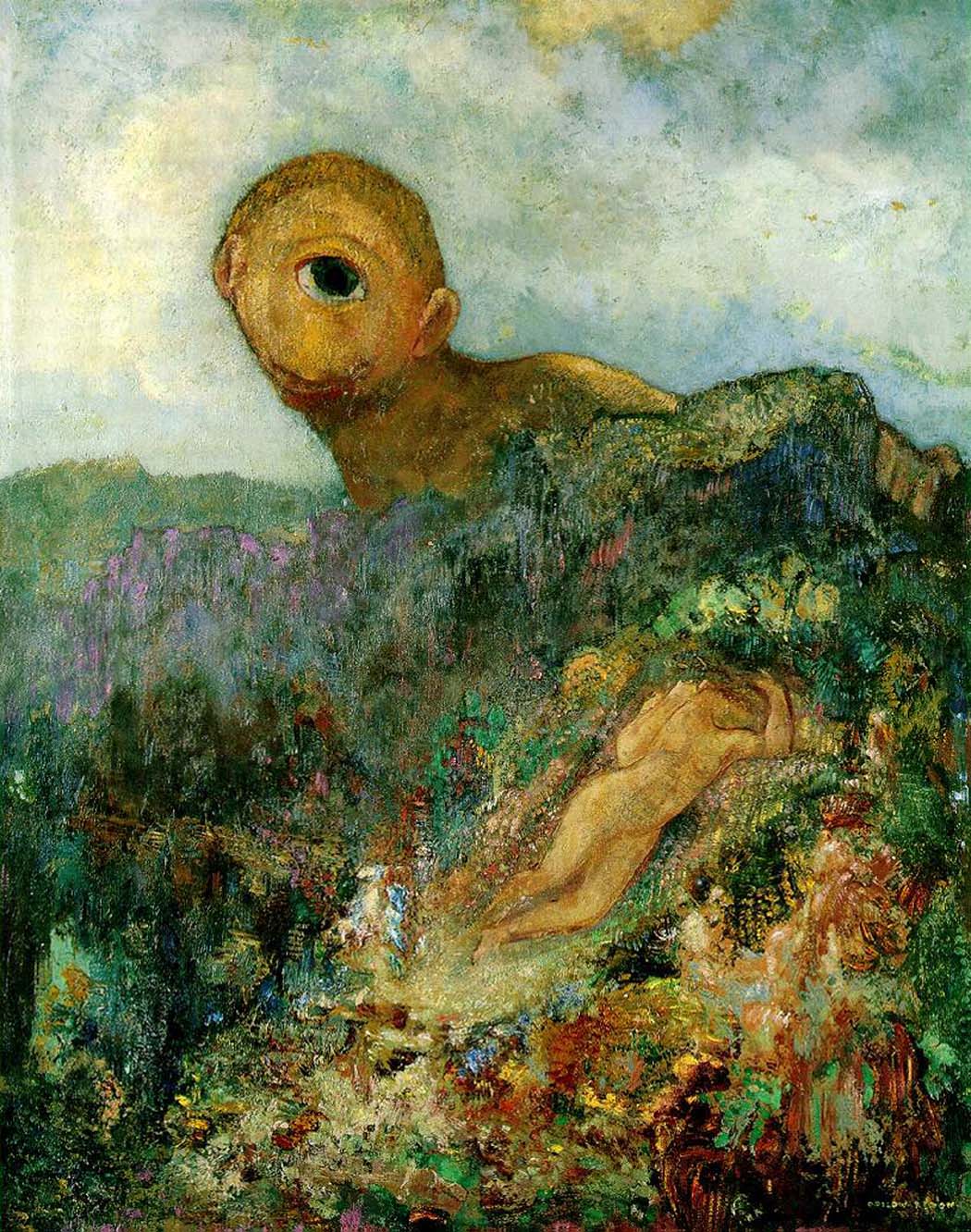
• Depictions of other worlds/imaginary scenes that are rendered with visible strokes/marks
In works of art that combine the expressive action of the artist and the rendering of an imagined scene, the artist can simultaneously bring the viewer into a new reality and allow the viewer to sense the emotion that charges the vision. This emotion might be the artist's reaction to the envisioned realm, and/or it might be an indication of the realm's emotional quality.
An artist might begin with a scene from their imagination, a dream image, or a vision of some sort and choose to emphasize their emotional reaction to the scene through the use of expressive mark making.
An artist might begin a painting or drawing as a piece of purely Expressive Action (p.22) and begin to see some fantastic scene within the mark making. Just a few intentional strokes might then be used to indicate this other world, or the artist might make the depiction more and more refined with smaller and smaller marks. If an artist chooses to merely hint at an envisioned alternate reality, it might afford viewers greater leeway to let their imaginations run wild, following the emotional dance of the expressive mark making to see objects and characters that the artist might not have intended.
The brushwork, mark making, strokes, etc. that are woven into an imagined scene can serve as a reminder to the viewer that someone created this world with their own imagination and rendered it with their own hand. The presence of expressive rendering throughout the piece can also keep the viewer from entirely losing him or herself in the illusion portrayed.
Featured: The Cyclops by Odilon Redon